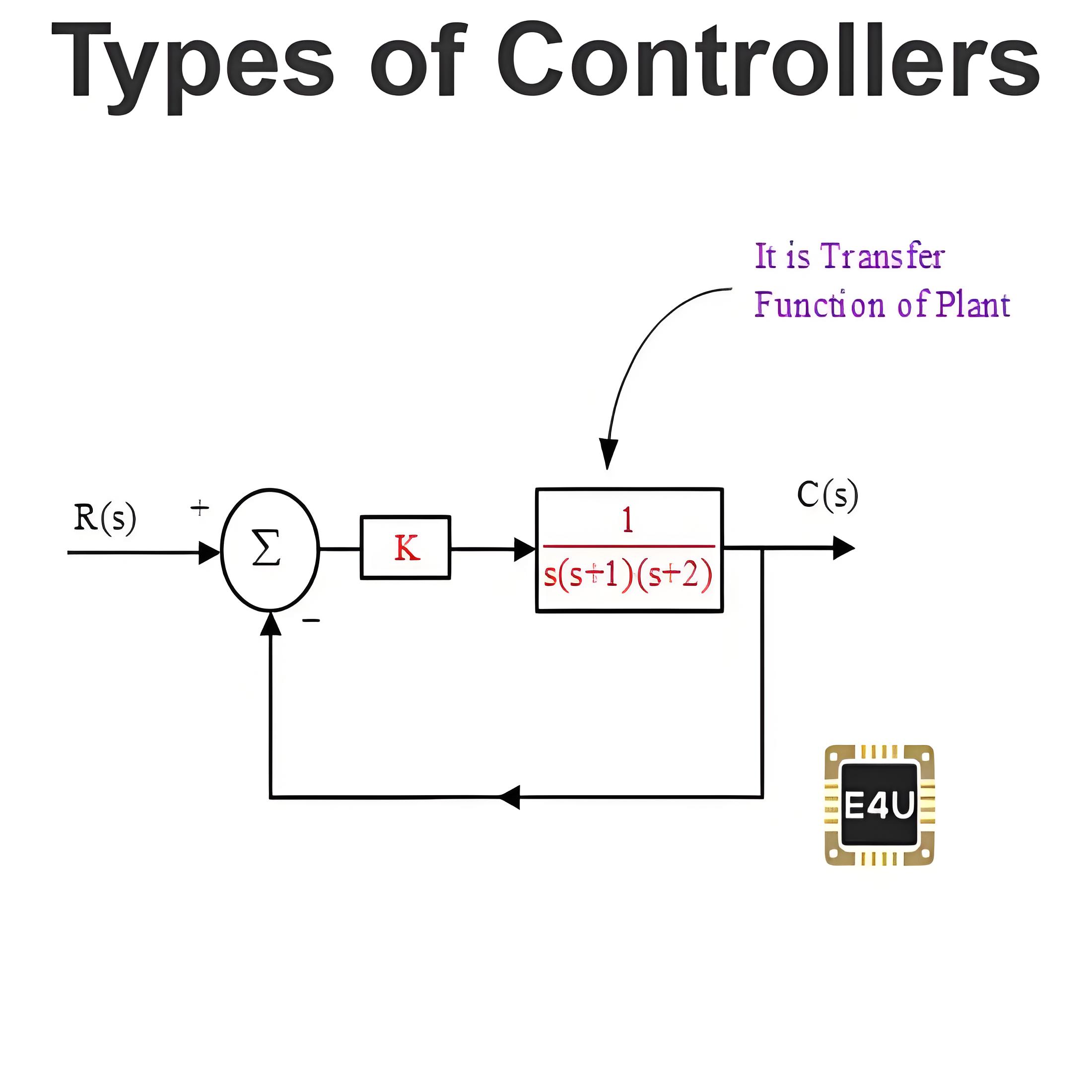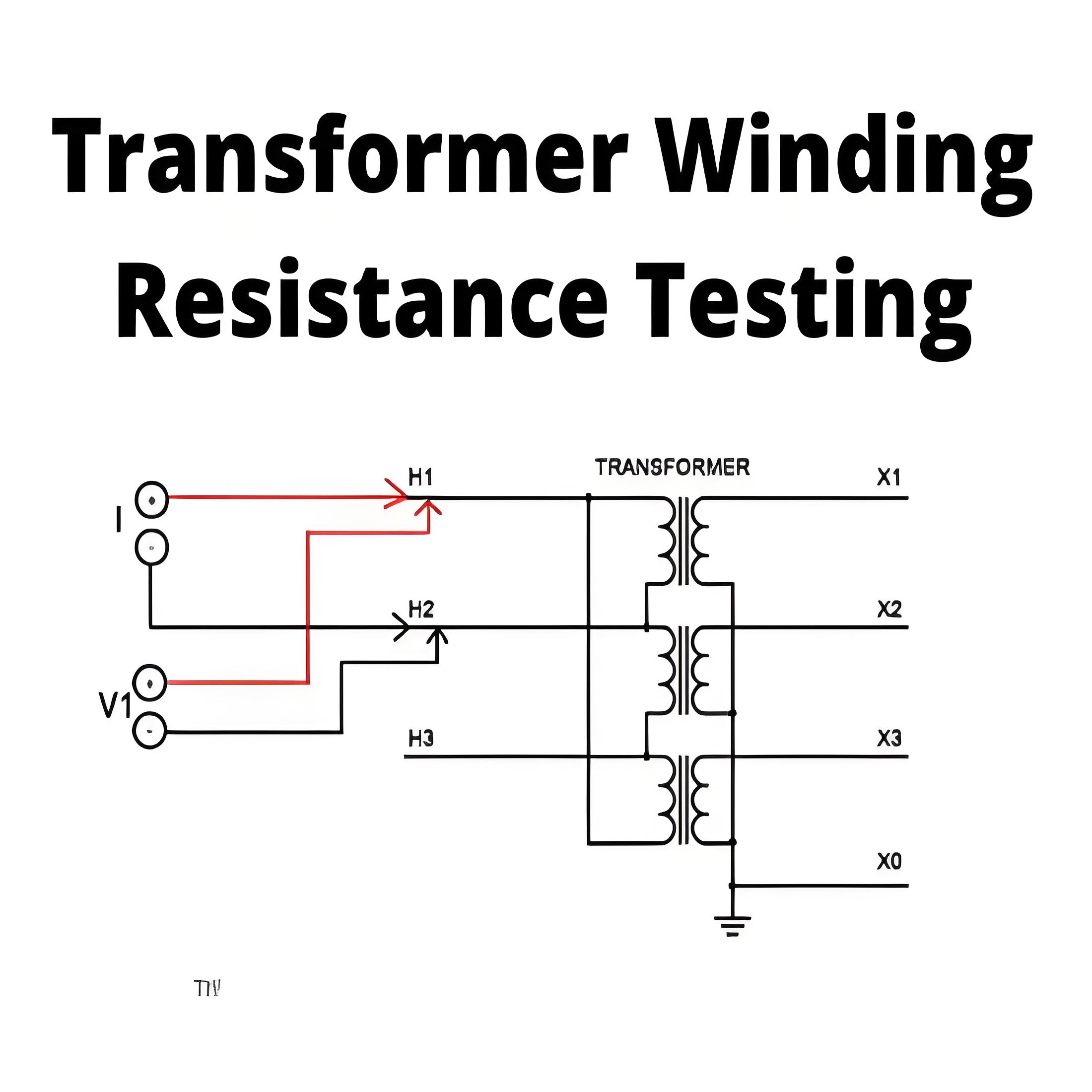What is Bimetallic Strip Thermometer?
What is Bimetallic Strip Thermometer?
Bimetallic Strip Thermometer Definition
A bimetallic strip thermometer is defined as a device using two bonded metal strips with different thermal expansion rates to measure temperature.
Working Principle
The basic structure and principle of a bimetallic strip thermometer are shown in the figure below. The bimetallic strip consists of two metal strips with different coefficients of thermal expansion, such as steel and brass. The steel strip has a lower coefficient of thermal expansion than the brass strip, which means it expands or contracts less than the brass strip for the same temperature change.
When heated, the brass strip expands more than the steel strip, bending the strip with the brass on the outside. When cooled, the brass contracts more than the steel, bending the strip with the brass on the inside.
The bending of the bimetallic strip moves a pointer to show the temperature on a scale. This bending can also open or close an electrical contact to trigger a temperature control system or safety device.
Types of Bimetallic Strip Thermometer
Spiral Type Bimetallic Thermometer
A spiral-type bimetallic thermometer uses a bimetallic strip that is wrapped into a flat spiral coil. The inner end of the coil is fixed to the housing, while the outer end of the coil is connected to a pointer. As shown in the figure below, when the temperature rises or falls, the coil twists more or less, causing the pointer to move along a circular scale.
A spiral-type bimetallic thermometer is simple and inexpensive to manufacture and operate. However, it has some limitations, such as:
The dial and the sensor are not separated from each other, which means that the entire device must be exposed to the medium whose temperature is to be measured.
The accuracy and resolution of the device depend on the quality and uniformity of the bimetallic strip and its bonding.
The device may be affected by mechanical shocks or vibrations that can cause errors or damage.
Helical Type Bimetallic Thermometer
A helical-type bimetallic thermometer has a strip wrapped into a spring-like coil. The coil’s lower end is fixed to a shaft, and the upper end can move. When the temperature changes, the coil expands or contracts, rotating the shaft. This rotation moves a pointer through a gear system to indicate the temperature on a scale.
A helical-type bimetallic thermometer has some advantages over the spiral type, such as:
The dial and the sensor can be separated from each other by using a flexible capillary tube, which allows the device to measure the temperature in remote or inaccessible locations.
The accuracy and resolution of the device are higher than the spiral type due to the larger displacement and leverage of the helical coil.
The device is less susceptible to mechanical shocks or vibrations that can affect the spiral.
Advantages of Bimetallic Strip Thermometers
No power source required
Low cost
Robust construction
Easy to use
Disadvantages of Bimetallic Strip Thermometers
Low accuracy
Manual reading
Narrow temperature range
Applications of Bimetallic Strip Thermometers
Temperature control devices
Air conditioning and refrigeration
Industrial processes
Temperature measurement and indication
Welcome to our electricity community! Established to facilitate the exchange and cooperation in the electricity industry and bridge professionals, enthusiasts, and related enterprises.





